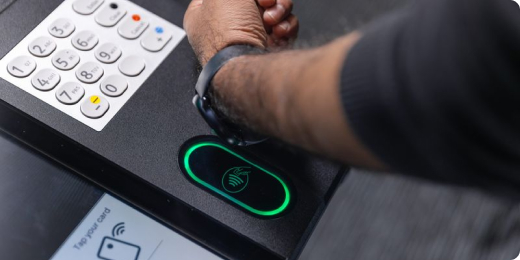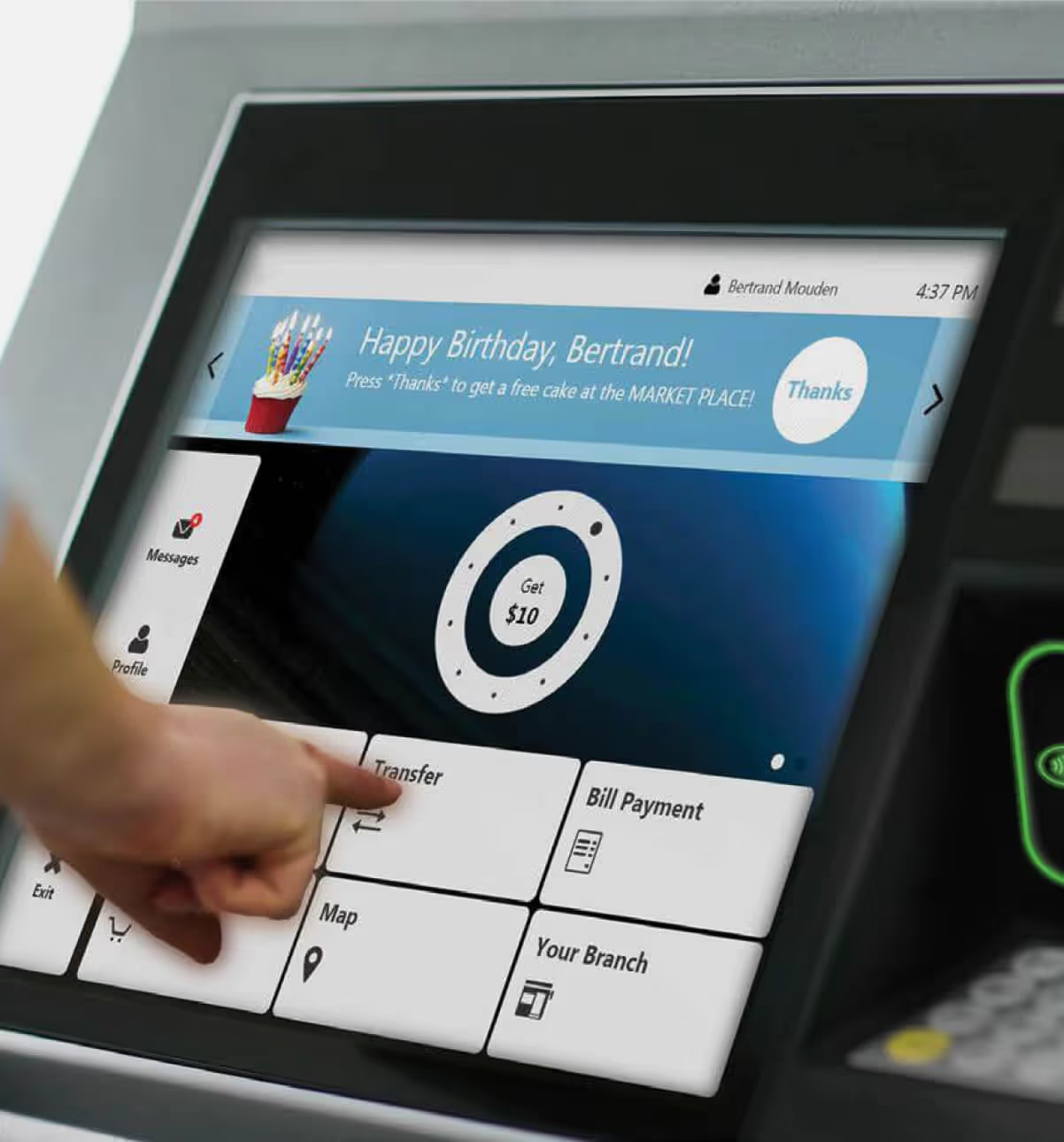The power of cash in times of crisis
Some kinds of disasters come with advance warnings. Hurricanes and typhoons can be tracked and predicted, giving the public—and financial institutions—time to make emergency preparations for the safety of people and property.
But other disasters can occur with no warning whatsoever.
For example, the massive power outage on the Iberian Peninsula. It happened on Monday, April 28, which was a sunny spring day. But suddenly, millions found themselves without electricity, trapped in lifts, stuck on public transport, their digital lives suddenly on hold. Internet access was cut off and hospitals postponed operations.
There was a complete lack of power to networks, transport, streetlights, government buildings and business buildings, including financial institutions. Branches had to close, card payments failed and ATMs had no power for systems, security or connectivity. Power was restored 10 hours later, but at the time, no one knew when it would return. So people who had cash rushed to grocery stores and other open businesses to buy essentials. Those without it, however, found themselves completely stranded.
Non-weather-related power outages are rising in many countries
But the Iberian Peninsula’s power grid collapse wasn’t just an isolated incident. In the first half of 2025, there were similar incidents in countries around the world—a powerful message that our reliance on digital payments is leaving people vulnerable when unforeseen disasters strike. Just a few examples:
Chile. A massive power outage plunged over 90% of Chile’s population into darkness, causing widespread disruptions to infrastructure, services and industries. The disruption was blamed on a long-distance chain reaction on a high-voltage transmission line, causing widespread outages to infrastructure, services and industries. Major cities, including the capital Santiago, were affected. Traffic lights failed, trains stopped, ATMs shut down and even some copper mines suspended operations.
Africa frequently experiences significant power outages, often associated with load shedding due to chronic underinvestment and infrastructure issues. While not typically single, sudden continental-scale blackouts like the Iberian one, these are continuous and widespread problems.
Nigeria tops the list of African countries with the worst outages in 2025. Businesses suffer immense losses annually due to unreliable electricity. Root causes include outdated infrastructure, vandalism, poor maintenance and a lack of investment in generation capacity. The grid's inherent instability leads to frequent partial or total collapse. The national grid experienced yet another collapse on February 12.
South Africa continues to be gripped by its worst power crisis in decades, with "stage 6 blackouts" (meaning prolonged, scheduled outages) crippling businesses and households in early 2025. Its state-owned power utility, Eskom, struggles with debt, aging infrastructure and insufficient generation capacity to meet demand, leading to deliberate power cuts to prevent a complete grid collapse.
Zambia & Zimbabwe experienced severe energy crises in early 2025, with load shedding reaching up to 12 hours per day in Zambia and 10 hours in Zimbabwe. A significant factor was a regional grid failure combined with severe drought conditions affecting hydroelectric plants, particularly the Kariba Dam, a key shared energy source. Record low water levels drastically reduced power output.
India. In early May 2025, the Pakistan's claimed responsibility for a cyberattack against India that "paralyzed 70 percent of India's power grid," Indian media also reported power outages across several regions, including night-time blackouts in Punjab, Rajasthan and Gujarat.
But these examples are only a few of the major grid outages the world saw in the first half of 2025. In March alone, outages happened in Odessa, Ukraine (a Russian drone attack); Colombo, Sri Lanka (a monkey that broke into a power station); northern Queensland, Australia (flooding); UK and Ireland (Storm Eowyn); Los Angeles, California (wildfires).
How financial institutions can increase cash availability for emergencies
In the immediate aftermath of a weather disaster or major power outage, quickly mobilizing cash reserves and adjusting operations can make a significant difference in supporting recovery efforts and maintaining Here are some of the solutions that can make that happen:
Partnering with government resources. Collaborations between government agencies and financial institutions have helped communities recover in the disasters in countries around the world, from India to Mozambique to the US to the Netherlands. in like Hurricane Katrina and Superstorm Sandy in the US.
Cash remains the ultimate fallback currency in times of crisis.
Backup power at branches. Bank branches also depend on electricity for their systems, safes and communications. Developing robust backup power, secure manual transaction protocols and staff training for off-line operations becomes paramount.
Encouraging customers to build cash reserves. Of course, it’s ultimately up to individuals make sure they have emergency cash on hand—before a disaster strikes. But financial institutions can educate and influence customers to withdraw and maintain cash reserves, explaining the risks and benefits involved.
Related: Delivering on a commitment to be there for customers—even in natural disasters
As the Dutch central bank has done, encourage your customers to ‘keep some cash under your mattress.’ They even recommended an amount: 70 Euros per adult and 30 Euros per child.
Encourage your customers to ‘keep some cash under your mattress.’ They’ll thank you when they need it most. — The Dutch central bank
Disaster contingency plans (DCPs), business continuity plans (BCPs), including logistics planning for cash-in-transit (CIT). These should consider what customers will need (physical cash, short-term loans, etc.) and what the financial institution will need (including operations, cash reserves, security, cash in transit logistics, etc.). When roads are impassable due to floods or earthquakes or when security risks escalate, cash replenishment systems grind to a halt. By developing resilient plans, including supply chain dependency planning, pre-stocking critical locations and establishing emergency cash distribution points, financial institutions can better prepare to get cash where it’s needed.
Available cash builds societal resilience
While the push towards a cashless society continues for efficiency and security reasons, emergencies like these are a wake-up call. In any scenario that disrupts the digital flow of money—a catastrophic earthquake paralyzing infrastructure, a severe winter storm knocking out communications or a sophisticated cyberattack freezing digital accounts—the physical banknote, often dismissed as outdated, becomes the ultimate medium of exchange.
For the foreseeable future, cash remains the ultimate fallback currency in times of crisis. Financial institutions that prioritize and innovate around its availability will not only enhance customer trust but also play a critical role in maintaining societal stability when the digital infrastructure fails. It’s not about hindering progress, it’s about building resilience for all.
Let’s explore what’s possible for your business. Our team is ready to connect and discuss tailored solutions that meet your goals.
Thank you for reaching out. A member of our team will be in touch shortly to continue the conversation.






%20(1).jpg)





%20(1).jpg)

%20(1).jpg)




%20(1).jpg)
%20(1).jpg)
%20(1).jpg)

%20(1).jpg)
%20(1).jpg)
.jpg)
.jpg)
.jpg)
%20(1).jpg)
.jpg)
.jpg)
.jpg)




.jpg)
.jpg)
.jpg)
.jpg)
